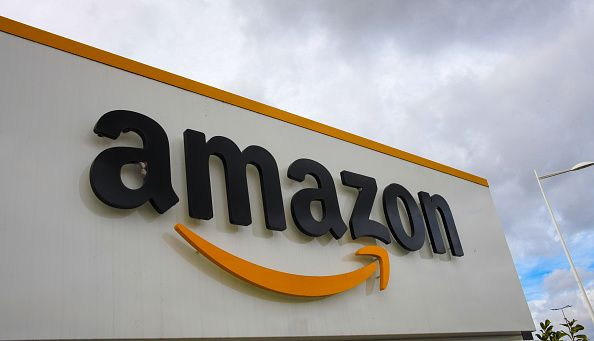Amazon's Third-Party Marketplace Is Worth Twice As Much As Its Retail Operations

Over the last few years, the growth of Amazon's (NASDAQ:AMZN) third-party merchant services has overshadowed its own retail business. Sales from those merchants first surpassed Amazon's own sales at the start of 2017, and their share is steadily climbing. Third-party services grew two to three times faster than Amazon's own online sales throughout 2018.
While third-party seller services bring in just one-third of Amazon's own online sales, its profit margin on those services is significantly higher. Amazon historically operates its e-commerce unit with razor-thin margins. But when it comes to third parties, it takes a percentage of each sale, plus additional charges to store and ship the inventory of the merchants that use the Fulfilled by Amazon service.
Based on all of that, analysts at Evercore ISI recently valued Amazon's third-party services at more than $250 billion, while giving its in-house retail operations a value of just $120 billion. That's a clear illustration of how Amazon is building long-term value for investors.
No longer about top-line growth
Amazon accounts for third-party sales on a net basis, not a gross basis. In other words, in only reports its cut from those sales. So, while third-party sales do make up a majority of sales on its marketplace, Amazon reported just $42.75 billion in revenue from them last year, compared with $122.99 billion from its own online sales.
As more and more growth comes from third parties, revenue growth for Amazon has slowed, droping to 18% in North American in the fourth quarter. Meanwhile, Walmart (NYSE:WMT)reported its online sales grew 43% last quarter, and Target (NYSE:TGT) reported 31% growth in digital sales.
Amazon's revenue growth slowdown doesn't look as bad when you consider its gross sales. Its gross merchandise volume increased 23% in 2018, according to estimates from eMarketer. That's still a smaller percentage gain than Walmart or Target, but it's also important to remember the scale of Amazon's business. It accounted for nearly 45% of all online sales in the U.S. last year, growing its market share 2.8%. For comparison, Walmart's total e-commerce market share is about 4%.
Therefore, instead of focusing on revenue growth, Evercore analysts suggest investors watch Amazon's gross margins. The analysts expect the company's overall gross profits to climb at a rate 4 percentage points faster than revenue growth over the next three years. That'll be driven by third-party seller services, advertising services, and cloud computing.
The value of Amazon's third-party marketplace
The fact that Amazon makes a substantial profit from its third-party marketplace compared to its first-party sales isn't lost on the competition. Both Walmart and Target have taken steps recently to expand their own third-party sales footprints.
Walmart is helping more of those merchants to offer free two-day shipping, and will now process in-store returns of third-party items -- two changes that ought to lure more merchants to its platforms.
Target, meanwhile, launched Target+ last month. The idea is to offer shoppers a selection of items from curated merchants. Amazon is relatively permissive when it comes to who's allowed to sell on its marketplace, and Walmart openly invites merchants to apply to sell on its platform.
Both Walmart and Target are leveraging the popularity of their websites as destinations for online shoppers. Basically, they're selling a spot in their online shopping mall.
Amazon, meanwhile, opens its entire digital sales infrastructure to third-party merchants -- inventory management, fulfillment, return processing, advertising, etc. Target and Walmart can't compete with that. No one else can offer the package of services that Amazon does.
It's important to note that Amazon's ability to offer services like Fulfilled by Amazon or its advertising business is supported by the size of its first-party retail operations. Without that scale, Amazon wouldn't have been able to build those other services. That also makes it more difficult for rivals to get to the point where they can even offer competing services.
As a result, it's reasonable to expect the online retail giant will keep winning over small merchants that want to sell online, and it can generate greater profits from their sales than its competitors could by selling them more services. Investors should watch for third-party services to continue providing outsized value to Amazon compared to their revenue. Meanwhile, look for the company to leverage its existing infrastructure and assets to build out higher-margin businesses.
This article originally appeared in the Motley Fool.
John Mackey, CEO of Whole Foods Market, an Amazon subsidiary, is a member of The Motley Fool's board of directors. Adam Levy owns shares of Amazon. The Motley Fool owns shares of and recommends Amazon. The Motley Fool has a disclosure policy.




















